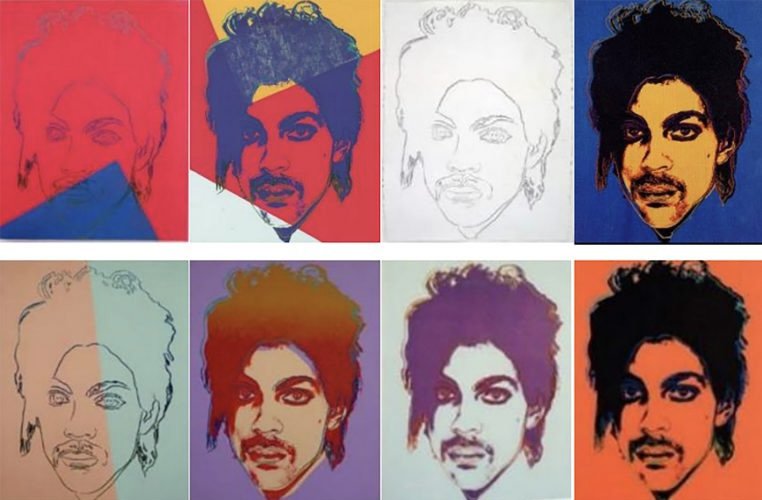March 21, 2023
The Supreme Court’s Prince Problem
U.S. law has long grappled with when it’s okay to copy someone else’s work. This is a central tension of copyright law, which is supposed to encourage people to create by ensuring they can get paid for their creations while also allowing others to base new works off of existing ones.
These dueling forces are the subject of the legal doctrine of “fair use,” which is at the heart of a case the U.S. Supreme Court will soon decide. The case, Andy Warhol Foundation for the Visual Arts, Inc. v. Goldsmith, is being closely watched by artists, collectors and museums.
Some background: In 1981, Newsweek hired Lynn Goldsmith, a photographer famous for her album covers and work with rock stars, to photograph the up-and-coming R&B artist Prince. Goldsmith kept this unused outtake for future licensing:

By 1984 Prince was a megastar and Goldsmith licensed the photo to Vanity Fair. This license allowed the magazine to hire an artist to create an illustration based on the photo for a feature story. Vanity Fair paid Goldsmith $400 and commissioned Andy Warhol to make the art.
Working from the photo, Warhol created 16 silkscreens, which he copyrighted. Vanity Fair used one for its article. The entire collection became famous in the art world as the Prince Series, and was sold and reproduced for hundreds of millions of dollars.

When Prince died, Condé Nast, which publishes Vanity Fair, paid the Warhol Foundation $10,250 to run one of Warhol’s Prince images on the cover of a tribute issue. The magazine neither credited nor paid Goldsmith.
At that point, Goldsmith learned of the Prince Series and told the Andy Warhol Foundation that the series infringed on her copyright in the photo. The Foundation countered that Warhol had merely used her image of Prince as a building block to create something new: he cropped and resized the original image, changed the tone, lighting and detail, and added colors, shading and outlines over it. The result, according to the Foundation, was a new work that “comments on the manner in which society encounters and consumes celebrity.” The Foundation sued Goldsmith for a declaration of non-infringement or, alternatively, a declaration that the Prince Series constituted fair use. Goldsmith countersued for copyright infringement.
The Federal District Court in Manhattan ruled in favor of the Foundation. It found the Prince Series “transformative” because it communicated a message different from Goldsmith’s original photograph. Thus, according to the District Court, Warhol’s use of Goldsmith’s photo was fair use.
Goldsmith appealed to the Second Circuit which, in August 2021, reversed and found that the Prince Series was “substantially similar” to her original photograph and did not constitute fair use.
In reaching this decision, the Second Circuit reviewed each of the four factors considered in a fair use analysis: the purpose and character of the secondary use; the nature of the copyrighted work; the amount and substantiality of the secondary use; and the impact of the second work on the market for the origins.
The Second Circuit found that the Prince Series was not fair use because both the original photo and the Prince Series share the same purpose — they are both visual art. Moreover, in the Second Circuit’s view, the Prince Series isn’t fair use because it doesn’t obviously comment on or use the original for a different purpose. Rather, the Prince Series merely recast the original work with a new aesthetic.
It also was clearly troubled by the fact that the Prince Series negatively impacted the market for Goldsmith’s original photo and the possible consequences of people avoiding paying artists’ licensing fees by creating stylized derivative images.
As much as the Second Circuit examined how the two works are reasonably perceived, did the fact that Warhol isn’t around to explain his thinking impact the court’s thinking? Maybe, but should this matter?
Perhaps more centrally, how do you figure out what’s a new aesthetic and what’s not? Or, how much of a new aesthetic is necessary to distinguish a work as new?
These are very hard questions to answer and the Supreme Court pushed the parties’ attorneys — especially the Foundation’s attorney — on where to draw the line.
More on how we got here in the next post.
